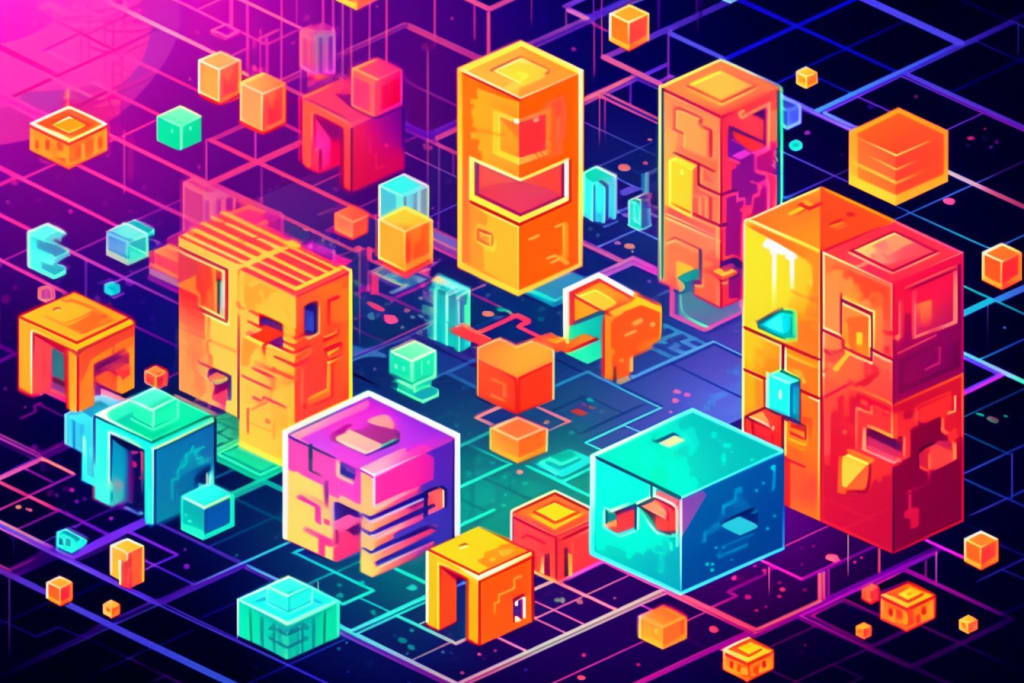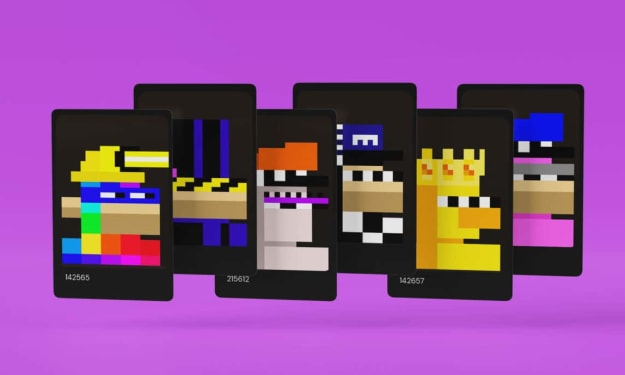What is Blockchain Technology for Beginners: A Comprehensive Guide
Learn fundamental principles of blockchain technology in 5 minutes!

A small part of this story was created with the help of AI assistant KoalaWriter.
Overview
A blockchain is a distributed digital ledger that records transactions in a secure and transparent manner. Many people associate the blockchain with cryptocurrencies, or they even think the two are the same, but this is actually far from being true.
Cryptocurrencies are built upon blockchain technology and are one of its applications. But blockchain technology has many use cases beyond cryptocurrencies, and its potential is spread across numerous industries, such as supply chain management, voting systems, digital identity verification, and more. It has the potential to revolutionize the way we conduct business, store and share information, and interact with each other online.
Bear in mind that there is no single blockchain, there are many blockchains that exist today, such as Bitcoin, Ethereum, Polygon, Arbitrum, Solana, Litecoin, Binance Smart Chain and numerous others.
In this post, we won't discuss any particular blockchain, but blockchain technology as a whole.
What is Blockchain Technology?
Blockchain technology is a type of distributed ledger technology (DLT) that enables secure, transparent, and tamper-proof transactions. It is a decentralized database that stores data across a network of computers, making it impossible for a single entity to control or manipulate the data. The data is stored in blocks, and each block contains a unique code called a hash that links it to the previous block, forming a chain of blocks, hence the name blockchain.
Main Characteristics of a Blockchain
A blockchain is:
1. Decentralized: A blockchain functions in a decentralized way, so there is no central authority controlling the network. Instead, multiple computers, or nodes, maintain and validate the transactions and data on the blockchain.
2. Distributed: Blockchain uses a distributed ledger, which is a digital record of all transactions and data stored across multiple nodes in the network. Each node maintains a copy of the entire blockchain, ensuring transparency and redundancy.
3. Safe: Blockchains use cryptography to secure transactions and data. Transactions are bundled into blocks, which are linked together using cryptographic hashes, forming an immutable chain. This makes altering or tampering with the data extremely difficult.
4. Transparent: All transactions recorded on the blockchain are visible to anybody via blockchain explorers. This transparency enhances trust and accountability, as anyone can verify the integrity of the transactions and the state of the blockchain.
5. Immutable: Once a transaction is added to the blockchain, it becomes virtually impossible to alter or delete. This immutability ensures the integrity and permanence of the data.
How Blockchain Technology Works
When a transaction is made, it is verified by a network of computers called nodes. Each node has a copy of the blockchain, and they work together to validate the transaction.
Once the transaction is verified, it is added to a block along with numerous other transactions that have also been verified. This block is then added to the blockchain, and the hash of the block is stored in the next block, forming a chain of blocks.
Blockchain technology uses a consensus mechanism to ensure that all nodes on the network agree on the state of the blockchain. There are two main types of consensus mechanisms - Proof of Work (PoW) and Proof of Stake (PoS). They ensure that the network is secure and trustworthy.
One particular features of a blockchain is its immutability. Once a transaction is added to the blockchain, it cannot be edited or deleted. This makes the blockchain ideal for storing sensitive information such as financial transactions, medical records, and identity verification.
Applications of Blockchain Technology
Blockchain technology has numerous potential applications across various industries. Here are some of the most promising ones:
1. Cryptocurrencies
The most well-known and widely used application of blockchain technology is in cryptocurrencies such as Bitcoin and Ethereum. It enables secure and transparent financial transactions without the need for intermediaries such as banks. Instead, transactions are validated and recorded on a decentralized ledger that is maintained by a network of nodes.
2. Voting Systems
We could also use blockchain technology to create decentralized, tamper-proof transparent voting systems to conduct elections.
One a vote is recorded on the blockchain, it cannot be altered or deleted. This would make the results of the election accurate and reliable.
3. Supply Chain Management
Blockchain technology can also be used to improve supply chain management.
For example, a company can use a blockchain to track the movement of goods from the manufacturer to the end consumer. Each transaction is recorded on the blockchain, providing a clear and transparent record of the entire supply chain.
This could help prevent fraud, reduce costs, improve efficiency and eliminate human error.
Conclusion
Blockchain technology is a revolutionary concept that has the potential to change the way we conduct financial transactions, store data, vote, socialize online and many other areas of our lives.
A blockchain is a decentralized, immutable, and transparent ledger used to execute secure and transparent transactions without the need for intermediaries. This makes it a highly desirable technology for industries such as finance, healthcare, and supply chain management.
However, we should keep in mind that blockchain technology is still in its early stages of development and there are several challenges that need to be addressed, such scalability, interoperability, and regulatory issues.
Despite these challenges, the numerous benefits of blockchain technology are too significant to ignore. As it continues to evolve and mature, it is likely to become an integral part of our digital infrastructure.
About the Creator
Blockchain Decoders
I'm Ziva from Blockchain Decoders. At Blockchain Decoders, we firmly believe that the blockchain technology has the same transformative power as the internet had 30 years ago. Our mission is to educate you, so that you are not left behind!






Comments
There are no comments for this story
Be the first to respond and start the conversation.